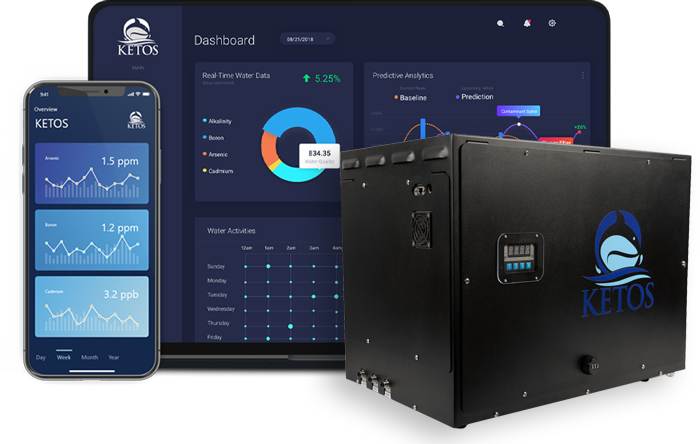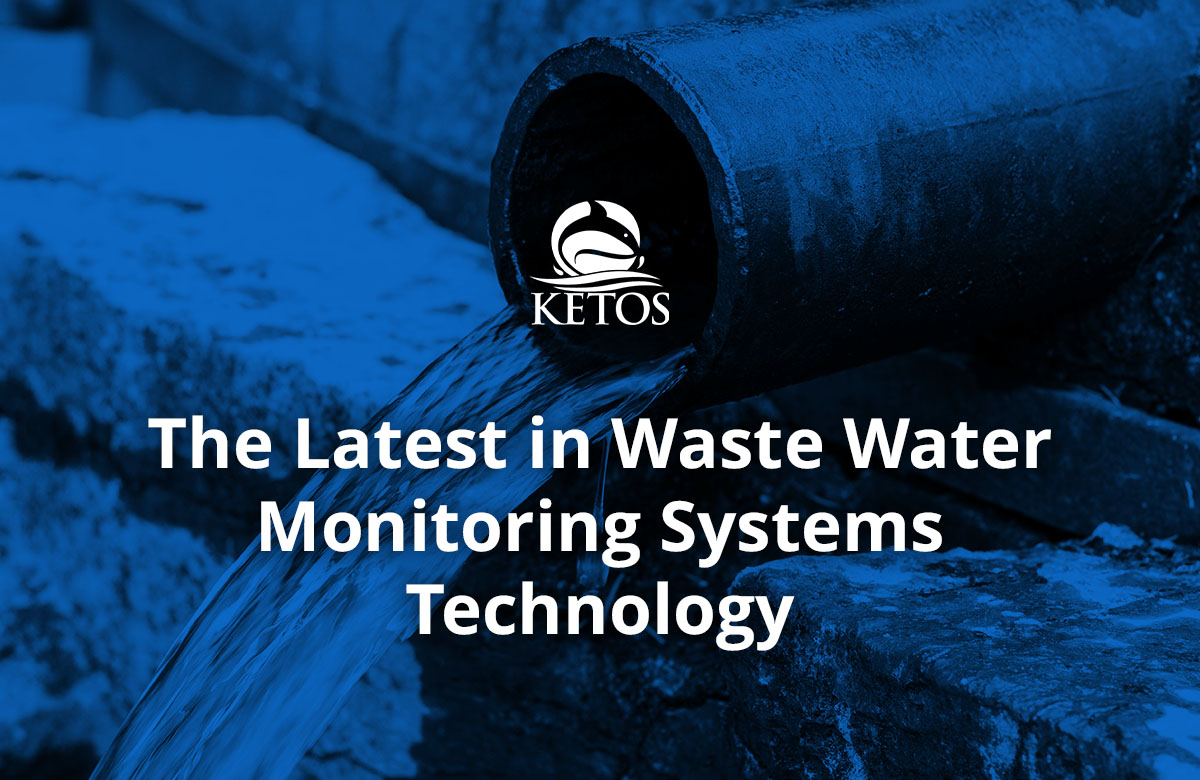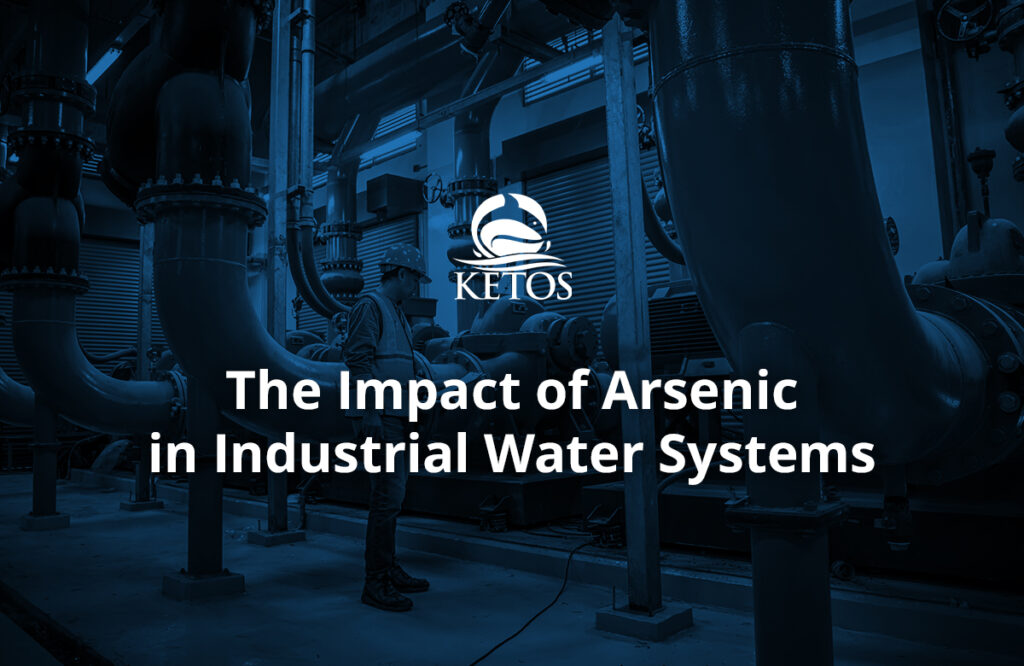There are eight billion people in the world, and those eight billion people create a lot of wastewater – aka sewage. The sheer volume of this wastewater means that natural water purification processes cannot remove harmful chemicals or bacteria from the water before they negatively impact people, fish, wildlife, and natural ecosystems.
Wastewater treatment facilities can “clean” the water much faster than these natural processes, while wastewater monitoring systems allow operators to ensure that the water being released back into the ecosystem does not contain harmful levels of contaminants.
Why Is Treating Wastewater Important?
Wastewater treatment removes contaminants and suspended solids from wastewater. This treated, potable water can then be flushed back into the original ecosystem free from any man-made contaminants. Without treatment, the amount of wastewater in the environment would have a devastating impact on our environment.
Water quality management software allows treatment plants to monitor the treatment process. This sophisticated software mitigates illness and other health risks associated with untreated wastewater. Globally, more than 80 percent of wastewater is discharged without treatment. And untreated water accounts for 1.7 million deaths annually – mostly in developing nations.
The Goal Of Wastewater Treatment
Wastewater treatment facilities have one main goal – to protect people from toxic elements found in wastewater. Water treatment facilities are designed to speed up the natural process of purifying water because the natural process cannot keep up with the amount of waste that society produces. Water quality management software, specifically targeting wastewater monitoring systems, can help facilities monitor this process in real time.
What Is Water Quality Management Software?
Water quality management software is a sophisticated technological solution that helps organizations streamline and automate tasks associated with water quality. These tasks include data collection, storage, visualization, analysis, and reporting. This software ensures the sustainable use of water resources, protects people, preserves the natural environment, and ensures aquatic ecosystems remain free of contaminants.
As the world becomes increasingly digital, new tools are coming to the market that increasingly have capabilities to operate, manage, and plan treatment facilities. Technological advancements in wastewater monitoring systems have revolutionized the way this work is done today. These advances include but are not limited to design and management software, the Internet of Things (IoT), and artificial intelligence (AI).
- Software – advances in design and management technologies mean that wastewater treatment facilities can benefit from water quality management software that aids decision-making and design. One of the biggest advances in this software is the use of digital twins. Digital twins are digital replicas of treatment facilities that provide insights to improve design decisions and outcomes through the analysis of data. Digital twin programs can model growth or abnormal events, such as large storms or system disruptors, to simulate how existing systems would handle these scenarios and which solutions would offer the best resolution.
- The Internet of Things (IoT) – advanced IoT water quality monitoring systems have turned the industry upside down. Sensors and monitoring devices allow water treatment facilities to monitor their facilities in real time and make informed decisions about operations quickly. IoT technology enables wireless transmission between sensors and monitors, providing greater control and supervision beyond the plant site. Operators can monitor where water discharge takes place, control the quality of the water, and detect illegal dumping. These incredible wastewater monitoring systems also allow treatment facilities to monitor the sewer network in real time, taking preventive measures to mitigate any discharge’s impact when it is released. IoT technology can be used to upgrade the quality of the purification process, as well as drive the management of resources used in plants – optimizing consumption and reducing waste.
- Artificial Intelligence (AI) – AI is changing the world with its decision-making capabilities and learning capacity. This technology has the potential to transform water treatment operations, maintenance, and planning. AI can enhance software and IoT technologies by interpreting data and offering operations and engineering solutions to water professionals. Using AI in tandem with water quality management software is a powerful tool, allowing water treatment facilities to foresee and prioritize equipment maintenance, predict how to operate a plant, and identify areas of distribution network that need to be adjusted. In short, AI can improve operating efficiency by analyzing past events and suggesting improvements to operators going forward.
The Importance Of Water Quality Management
An IoT water quality monitoring system is beneficial in treating wastewater before it is transferred to freshwater bodies. Vital parameters such as turbidity, pH, and temperature can be easily studied using the sensors that are deployed with this system. Wastewater monitoring systems help protect our planet’s most vital resource and ensure the availability of clean water for drinking, agriculture, industry, and more.










